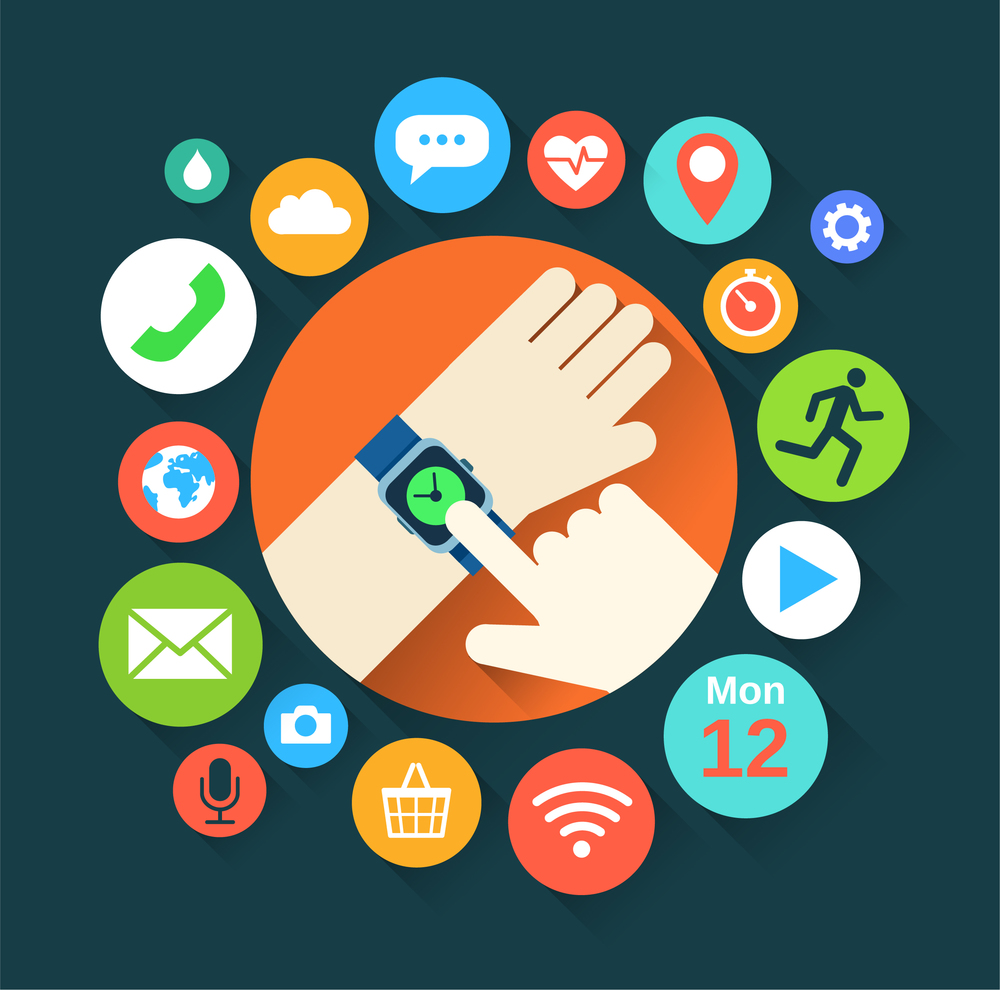Small Wearables Require Big Thought
Five design tips to consider when crafting your next wearable device
Wearables are maturing. Simple wearable devices that measure steps and sleep have blazed the trail for more complex wearable interactions. Consumers now crave experiences that will deliver targeted insights about their activities and behaviors, recommending ways to improve based upon personalized data.
The simple wearable technology took the low-hanging fruit so designing new, sophisticated wearable devices comes with more intricate challenges. How can we ensure this is a device customers want to wear? How can we make it a part of their daily lives? Here are some design strategies to think about when creating your wearable device:
1) Make it a Part of the User’s Identity
Wearables are personal devices. In order for users to benefit from owning them, they need to make a commitment to integrate them into their lifestyles. Wearable devices that aren’t worn aren’t valuable, so identifying your users’ personal goals and social influences is an important step in creating a device that will be used.
Ask yourself: is this a wearable device users will be proud to show off to their friends? Does it fit in with their community? Thinking about ways you can encourage positive social reinforcement, whether by creating a network of users, or by creating a design that garners compliments, will go a long way to increase the wearable’s perceived value and acceptance.
2) Design for Everyday Life
With any device, understanding your user habits is important, but wearable technology requires even more consideration because it relies upon our actions and everyday movements. In a lot of ways, our bodies are the meter stick of what the device should be able to do. Unlike other technologies, we think of wearable devices as an extension of ourselves. For example, if I get wet, the device should be able to get wet, and so on.
Consider all possible scenarios when creating and designing wearable devices: go over all the ways your device could get lost and think about all the ways that it could get destroyed. An unaccounted-for mistake, like accidentally sending your smartwatch on a trip through the washing machine, can leave users wary of your device’s capabilities and brand. Determine which situations are important for your product to withstand and design accordingly.
3) Infuse a Distinct Personality
Wearable devices are essentially sensors wrapped in packaging. Because of this, they tend to be pared-down experiences. There’s a beauty in that, as the design becomes less about the device’s appearance and more about the ways in which the user interacts with it. However, wearable designs can become utilitarian if the design features only focus on functionality.
To avoid this, make sure you are infusing little bits of personality into the design throughout the entire process: It could be as simple as adding a gentle pulsing light or figuring out a unique mounting scheme, but addressing these small details in your wearable device design will give it a higher perceived value and make it more personable to users.
4) Consider the Device Ecosystem
Typically, wearable devices don’t exist within a vacuum. Considering their environment is crucial as many are co-dependent upon apps or outside devices. Things like form factor, or utilizing cutting-edge technology may not play as large of a role as things like ease of connectivity and platform adaptability.
Before diving into the minutiae of how the wearable device should work, ask yourself: Will the device work on its own? Should it be able to interact with other devices? Is it compatible with multiple applications? Start from the desired interaction and work backwards. Give yourself space to consider how your wearable technology should work within a larger ecosystem and design for those possibilities from the beginning. Looking at the bigger picture drastically changes the end experience and can help you plan for your technology needs.
5) Realize Size Isn’t Everything
It’s tempting to equate going smaller with having a more attractive product. However, the effort it takes to go smaller might be better spent refining the user experience - especially if this is the first version of the product. Attempting to go smaller may mean you’re unnecessarily constraining yourself or wasting time developing a form factor that doesn’t really address the user needs.
Given the nature of how technology progresses, smaller options will present themselves for future iterations. Avoiding the costly path to unnecessary miniaturization can give you room to expand your design effort to other important areas.
~~~
Wearables are an exciting new market, but designing them to be successful takes careful consideration. Planning ahead and designing them to scale are important, but at the end of the day what will differentiate your product is an exceptional user experience. Keeping your customers in mind from the beginning of the design planning will ensure you create a wearable device that delights.
Greg Martin is a senior industrial designer at Product Creation Studio, a product development firm based out of Seattle, Washington. His passion revolves around bringing products to life that connect people and technology. Connect with Greg on LinkedIn and via email to chat more about design.


